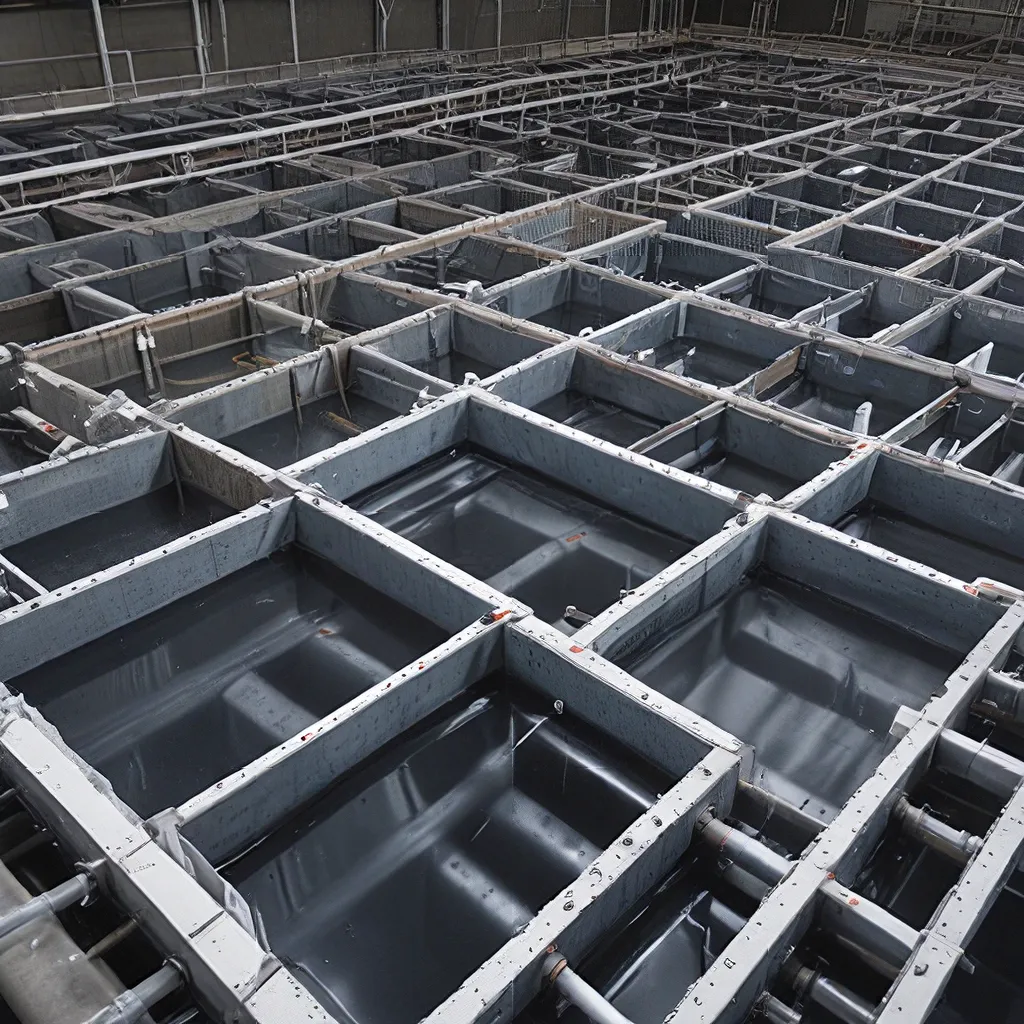
As someone who’s been in the wastewater treatment industry for over a decade, I’ve seen a lot of changes and advancements. But the one that truly excites me is the emergence of nano-enabled membranes. These tiny technological wonders are poised to revolutionize the way we approach water filtration, and I can’t wait to share what I’ve learned about them.
The Nano Revolution in Wastewater Treatment
It all started when I stumbled upon an article about the incredible potential of nanotechnology to transform the world around us. I was particularly intrigued by the section on how this cutting-edge science was being applied to environmental challenges, including wastewater treatment. The more I dug into it, the more I realized that nano-enabled membranes were going to be a game-changer.
You see, traditional wastewater treatment methods have always relied on physical and chemical processes to remove contaminants. But these approaches can be energy-intensive, time-consuming, and not always as effective as we’d like. That’s where nano-enabled membranes come in.
Nano-Enabled Membranes: Smaller, Stronger, More Efficient
These innovative membranes are engineered at the nanoscale, using materials like carbon nanotubes and graphene oxide. What makes them so special? Well, for starters, they’re incredibly small and precise. We’re talking about structures that are thousands of times thinner than a human hair! This allows them to filter out even the most microscopic pollutants, from heavy metals to microplastics.
But it’s not just their size that sets them apart. Nano-enabled membranes are also incredibly strong and durable, thanks to the unique properties of the nanomaterials used in their construction. They can withstand high pressures, resist fouling, and have a much longer lifespan than traditional membranes. And get this – they’re more energy-efficient too, requiring less power to operate.
| Feature | Traditional Membranes | Nano-Enabled Membranes |
|---|---|---|
| Size | Relatively large | Incredibly small (nanoscale) |
| Strength | Moderate | Extremely strong and durable |
| Efficiency | Energy-intensive | More energy-efficient |
| Lifespan | Shorter | Longer |
| Contaminant Removal | Limited | Highly effective, even for microscopic pollutants |
The Endless Possibilities of Nano-Enabled Membranes
As if all that wasn’t enough, nano-enabled membranes offer endless possibilities when it comes to wastewater treatment. They can be tailored to target specific contaminants, making them incredibly versatile. Imagine a membrane that can remove heavy metals from industrial wastewater, or one that can capture microplastics before they reach our waterways.
And it’s not just about cleaning up the water. These membranes can also be used to recover valuable resources from wastewater, like nutrients or even precious metals. That’s the kind of circular economy we need to strive for, where nothing goes to waste.
Overcoming Challenges and Embracing the Future
Of course, as with any new technology, there are still some challenges to overcome. Cost and scalability are two big ones, as nano-enabled membranes can be more expensive to produce than traditional options. But I’m confident that as the technology matures and becomes more widely adopted, these issues will be addressed.
In fact, I’ve already seen some exciting developments in this area. Alpha Wastewater, a company I’ve been closely following, is at the forefront of this nano-revolution. They’ve managed to scale up the production of their nano-enabled membranes, making them more accessible and affordable for wastewater treatment facilities like ours.
And the best part? The research and development in this field is ongoing. Who knows what other incredible innovations are just around the corner? I, for one, can’t wait to see what the future holds. Nano-enabled membranes are truly revolutionizing the way we approach wastewater treatment, and I’m excited to be a part of this journey.
Exploring the Frontiers of Nano-Enabled Filtration
As I delve deeper into the world of nano-enabled membranes, I’m constantly amazed by the new discoveries and potential applications. The National Nanotechnology Initiative has highlighted how this technology is transforming industries across the board, from information technology to homeland security. And in the realm of wastewater treatment, the possibilities are truly mind-boggling.
For example, researchers are exploring the use of graphene oxide to create ultra-thin, highly permeable membranes that can remove a wide range of contaminants, from heavy metals to organic pollutants. Studies have shown that these membranes can achieve exceptional removal rates while requiring significantly less energy to operate.
But the innovation doesn’t stop there. Carbon nanotubes, with their unique hollow, cylindrical structure, are also being leveraged to create highly efficient filtration systems. These nano-engineered membranes can selectively target specific contaminants, making them ideal for industrial wastewater treatment and resource recovery.
Embracing the Nano-Enabled Future
As exciting as all of this sounds, I know there are still some valid concerns about the safety and environmental impact of nano-enabled technologies. The National Nanotechnology Initiative is actively working to address these issues, ensuring that the development and application of nano-enabled membranes are done responsibly and with due diligence.
But I’m confident that the benefits of this technology far outweigh the risks. Nano-enabled membranes have the potential to drastically improve the efficiency and sustainability of wastewater treatment, reducing energy consumption, minimizing waste, and even recovering valuable resources. And as the research continues, I’m sure we’ll uncover even more remarkable applications.
So, to all my fellow wastewater treatment enthusiasts out there, I say, let’s embrace the nano-enabled future. It may seem like a small-scale revolution, but the impact it can have on our water systems and the environment as a whole is truly profound. Who knows what other amazing breakthroughs are just around the corner? The only way to find out is to keep exploring, experimenting, and pushing the boundaries of what’s possible.